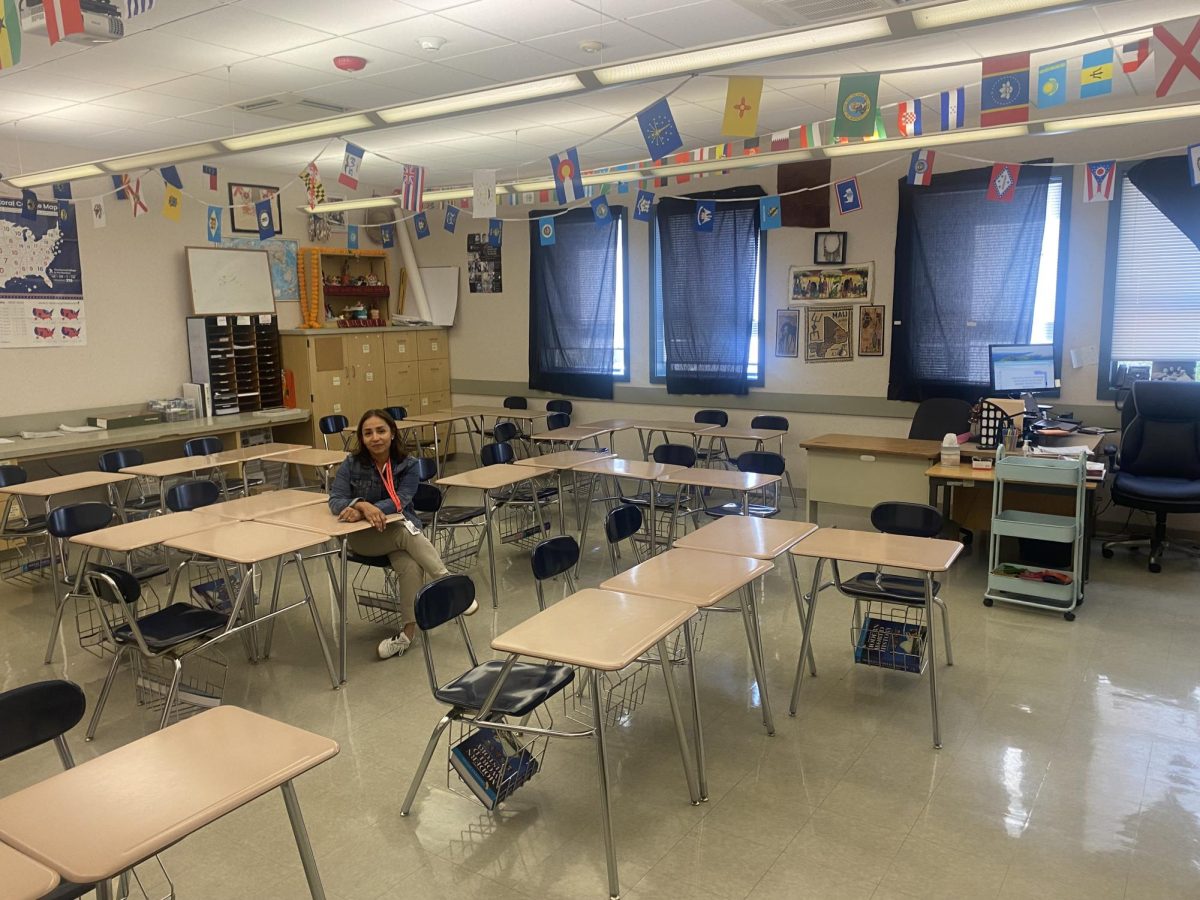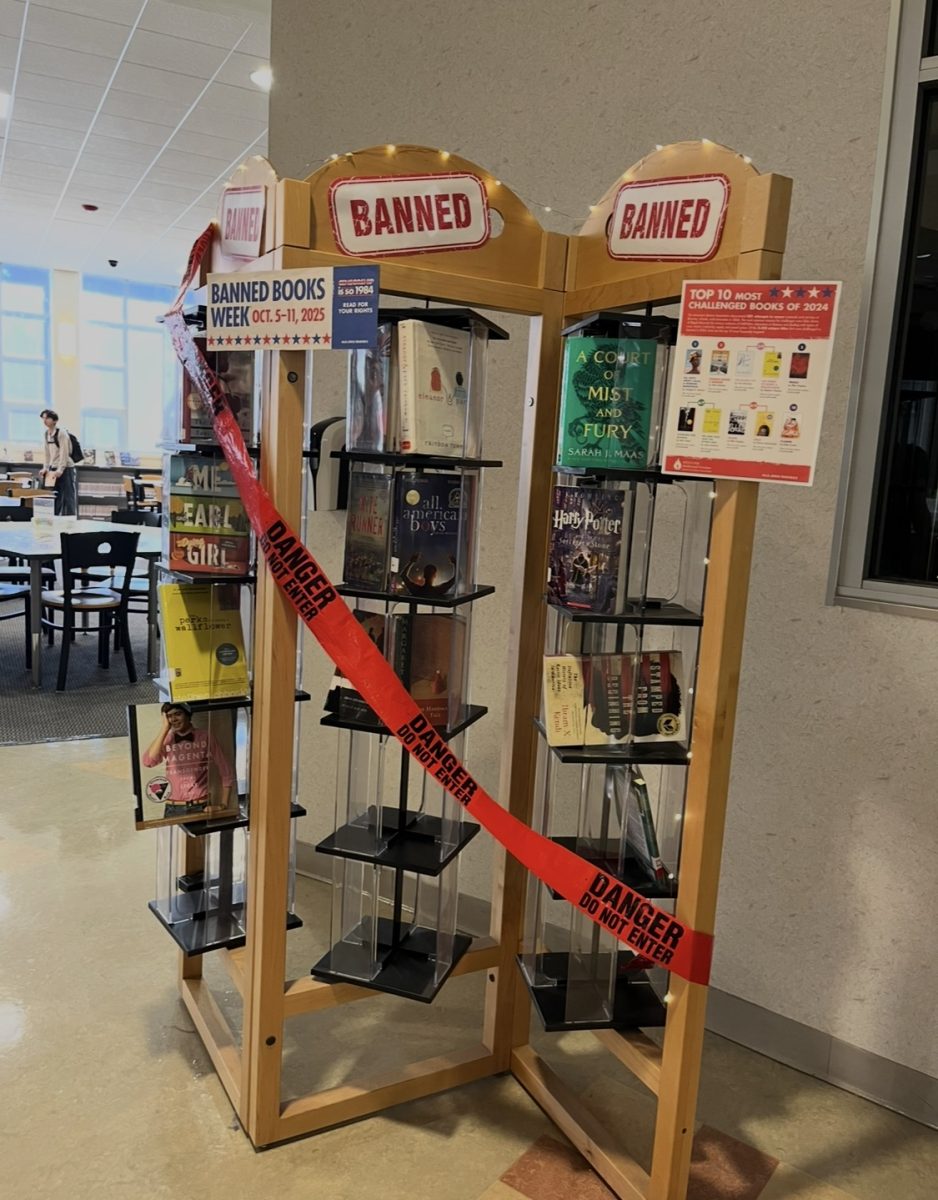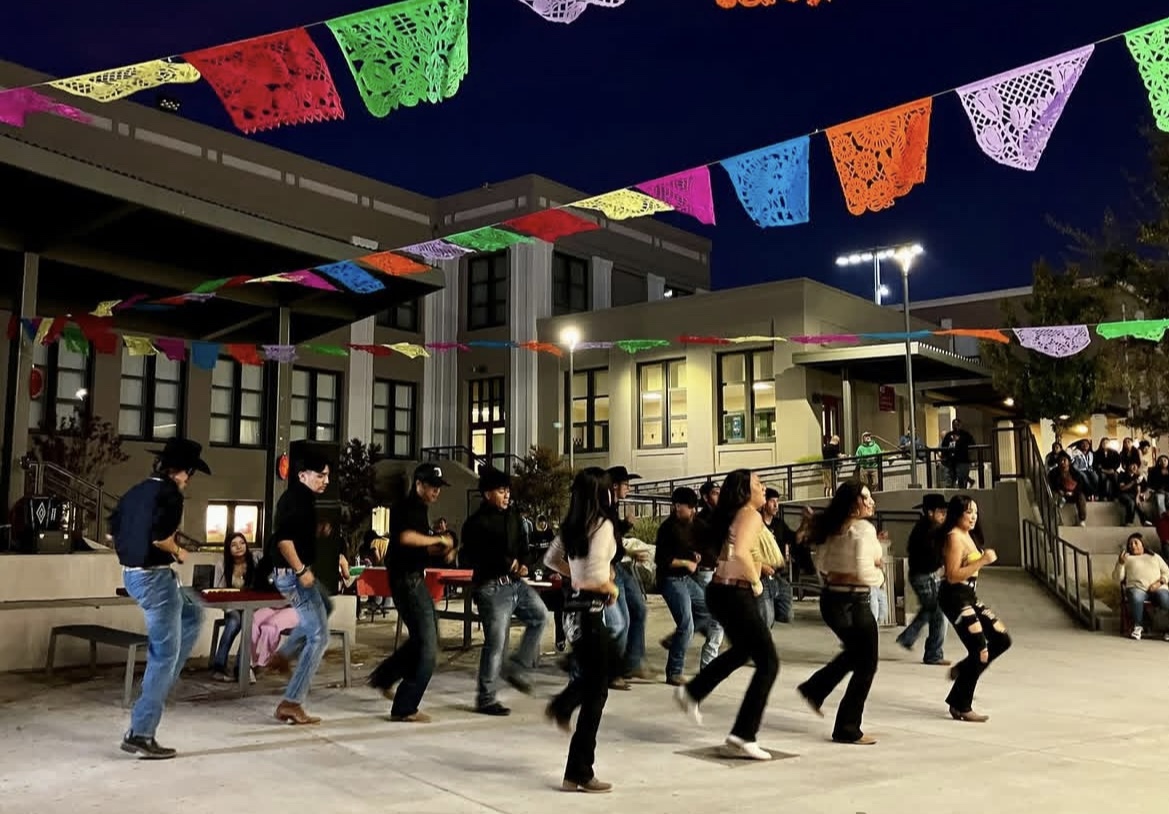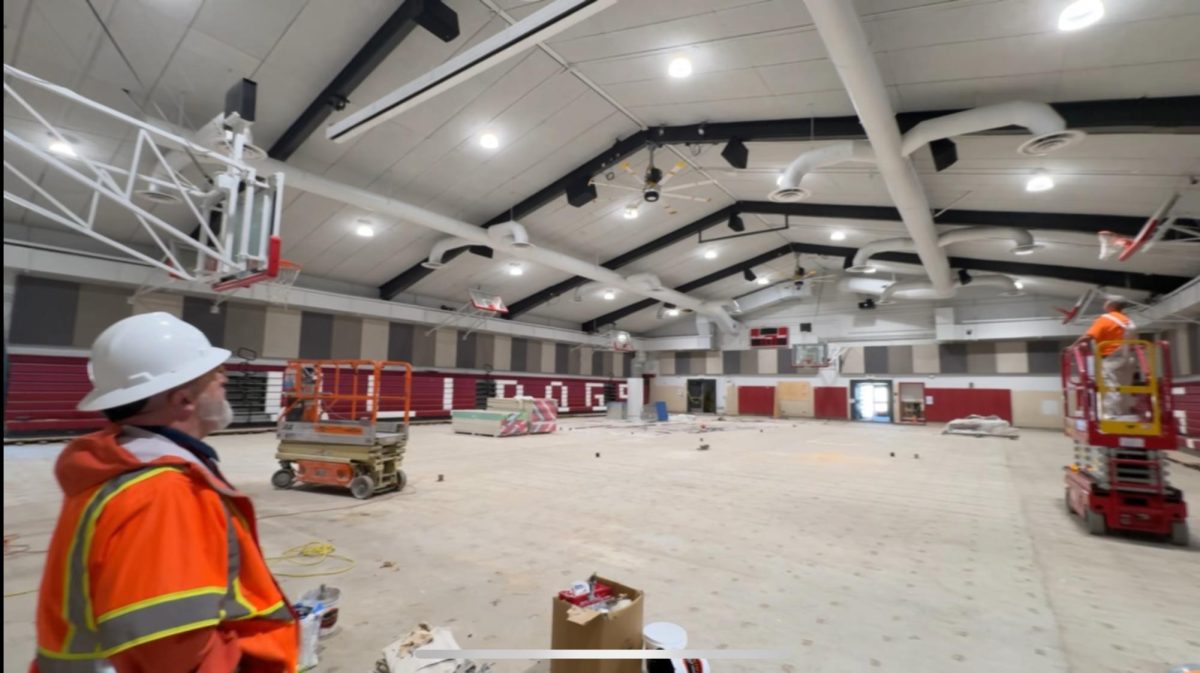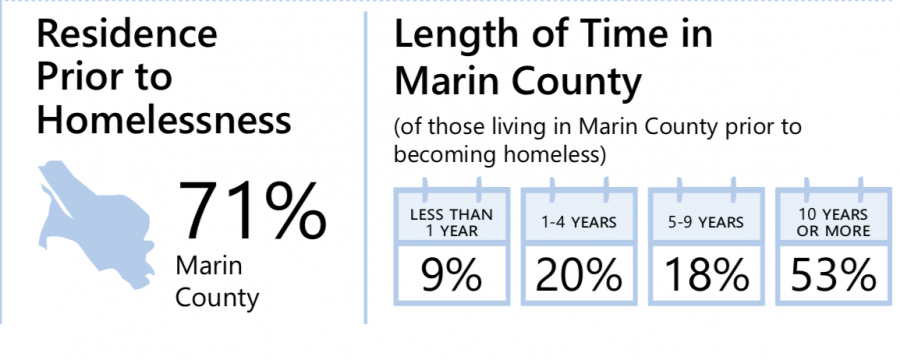The Importance of Caring for Marin’s Homeless Population
November 13, 2020
Early on a typical afternoon in September 2019, I was doing homework in my living room when there was a knock on the door. I opened it, and was surprised by a man with remarkably similar features to those of my father, wearing a worn-out backpack and carrying a large duffle bag.
It was my long lost and homeless uncle, who had been missing for over 20 years. He had managed to locate my father’s address and had come to San Rafael.
Although my father had encouraged his arrival to San Rafael, the resources available to him marked his decision to stay.
From the corner of streets by the high school, to the used needles that can be found lain to waste in parts of our city, homelessness is very evident in San Rafael.
Without a doubt, the main cause of homelessness in Marin County is the high rent along with the numerous resources that are available to those who experience homelessness in Marin.
The cost of living in Marin is very high, being that it is one of the most expensive counties in the Nation. If someone is in-between paychecks or jobs, it would be very challenging for them to be able to keep up with the average $2,672 cost per month it takes to live in San Rafael.
Homelessness was first acknowledged as an issue in the United States in the 1870’s after the Civil War, when many people did not have a permanent home and traveled around the country looking for work. More specifically in Marin County, housing insecurity caused by the expensive rent is why most people lose their homes and end up on the streets.
A significant chunk of the homeless population in the United States are war veterans who could not get back on their feet after they served because they lacked support, or suffered from mental illnesses/disabilities. In Marin however, the homeless population is instead dominated by single adults, and those with mental illnesses (from graph).
Mental illnesses have been proven to be connected with higher rates of homelessness. In a 2015 assessment by the U.S. Department of Housing and Urban Development, it was found that homeless people most commonly suffer from depression, bipolar disorder, schizophrenia, anxiety disorders, and substance abuse disorders. This makes it hard for these people to earn steady incomes, participate in daily activities, and leads to higher drug and alcohol abuse.
Homelessness is an issue that is challenging for individuals experiencing it, as well as families of those experiencing it. My personal experience with my uncle who suffers from schizophrenia taught me directly how heavy the burden is. It is difficult because although my family tries so hard to offer support and a way out, he is unwell and doesn’t see a problem with the way he lives, and so remains on the streets.
After many years of being MIA and living on the streets all around the country, my uncle wound up in San Rafael and decided to stay, not for us, but for the assets available to him.
Resources for the homeless include the St Vincent de Paul Society located in downtown San Rafael, which provides free breakfast and lunch meals daily, with accommodations made for Covid. There is also The Ritter Center, where homeless or low income residents of San Rafael and Marin can go to access free health care and social services. It is funded through Federal funds, the state, county, and other foundations in the community.
The county also offers employment opportunities to the homeless through the downtown streets team. This program works to employ the homeless while also cleaning up the streets of San Rafael. In addition, addicts have access to sterile supplies through the needle exchange program. The goal of this is to reduce the spread of HIV and AIDS that occurs when needles are shared or reused.
Even during Covid, the homeless population was provided with temporary housing at three motels in San Rafael, to reduce exposure to the virus. The program has been going on for seven months so far, and remains open as of October 12, 2020.
Overall, the cost of living in Marin paired with the resources that are offered here, makes San Rafael an attractive place to reside for the homeless.
However, some may argue it is not true that the services provided in San Rafael will attract people from other communities because the majority of people who are homeless in Marin have lived here, or near here for years before ending up on the streets.
Although it is true that a large percentage of the homeless in Marin County originally resided here before finding themselves on the streets, I am sure that if these services were not available, many would leave San Rafael in search of a place with more accessible resources.
For those reasons, I believe that the abundance of resources that are available in San Rafael are a large part of why the majority of the homeless in Marin reside in San Rafael.

